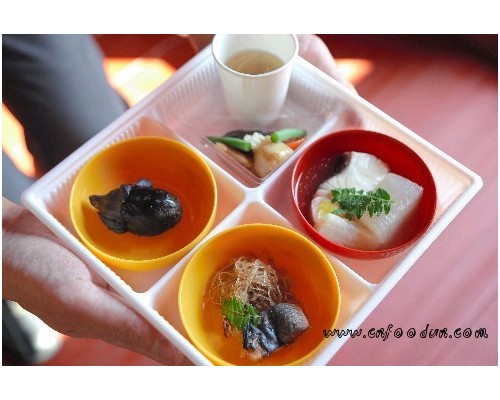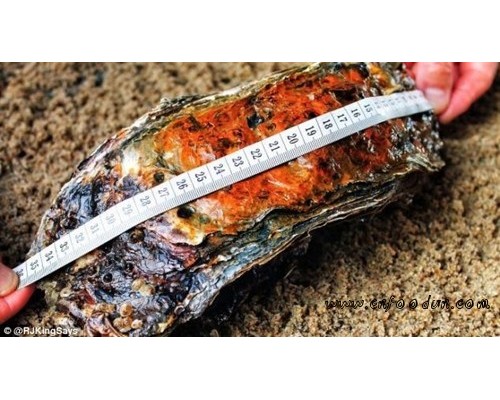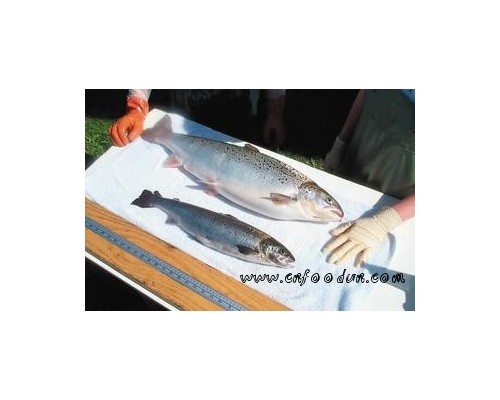原文报道:
Following a request from the European Commission to the European Food Safety Authority (EFSA), the Scientific Panel on Additives and Nutrient Sources added to Food (ANS) was asked to provide a scientific opinion on the use of neutral methacrylate copolymer as a glazing agent for sustained release formulations of solid food supplements as defined in the European Directive 2002/46/EC and in solid foods for special medical purposes as defined in the European Directive 1999/21/EC.
Neutral methacrylate copolymer is a fully polymerised copolymer of methyl methacrylate and ethyl acrylate. The commercial form is a 30% dispersion of the dry substance in water together with 0.7% of the emulsifier polyethylene glycol monostearyl ether. The Panel noted that polyethylene glycol monostearyl ether is not an authorised food additive; the present opinion does not include a safety evaluation of this substance.
The Panel considered the identity of the test substances used in the toxicological studies submitted by the petitioner as compared to the commercial substance. From the information provided by the petitioner it is deduced that the proportion of monomers in the copolymer are either identical or very similar to the substances used in the ADME study and toxicity studies.
The petitioner provided toxicokinetics, acute and subchronic oral toxicity, genotoxicity, and reproductive toxicity studies on neutral methacrylate copolymer. From the data using radiolabelled neutral methacrylate copolymer it can be concluded that the polymer is essentially not absorbed and that the very low amounts of absorbed radioactivity are not retained in the tissues.
From the in vitro Ames and mammalian cell mutation assays and the micronucleus assay in vivo, the Panel considers that neutral methacrylate copolymer does not raise concern with respect to genotoxicity.
From a 35 day oral feeding study in the rat a NOAEL of 2000 mg neutral methacrylate copolymer/kg bw/day was derived, the highest dose tested. From a 28 day oral (gavage) study with minipigs a NOAEL of 454 mg/kg bw/day was derived.
In a 26-week feeding study with rats no treatment related effects were noted on body weight, body weight gain, and food or water consumption. No clinical signs were apparent to indicate a treatment related effect. Haematology and clinical chemistry parameters were not remarkable. No macroscopic or microscopic abnormalities were noted that were deemed to be a result of treatment. From the study a NOAEL of 2000 mg neutral methacrylate copolymer /kg bw/day was derived, the highest dose tested.
In a 26-week feeding study with dogs no toxicologically relevant changes in water consumption, clinical observations (reaction to treatment and clinical signs) were reported. There were also no changes noted in clinical pathology investigations or organ weights. Histopathological examination did not reveal any evident differences in the incidence of findings observed in treated and control animals which could be considered treatment-related. From this study a NOAEL of 250 mg neutral methacrylate copolymer/kg bw/day was derived.
From developmental toxicity studies in rats and rabbits no evidence of an effect of treatment on maternal animals was found. Fetal survival and fetal and placental weights were unaffected by the treatment and no malformations were seen. From both studies a NOAEL for both dams and fetuses of 2000 mg/kg bw/day was derived.
Based on data from the UK Food Standard Agency on the consumption of food supplements the Panel calculated an anticipated exposure (assuming coating levels of respectively 200 mg/tablet as proposed by the petitioner) to neutral methacrylate copolymer from both its proposed use in food supplements and from its approved use in pharmaceuticals to be equal to 46.7 mg neutral methacrylate copolymer /kg bw/day for high adult consumers, and 32 mg/kg bw/day for children (4-17 years; 25 kg bw).
Using the worst case scenario, the calculated total exposure to the residual monomers (MMA and EA) present in the substance would be 0.17 µg kg bw/day MMA and 2.9 µg kg bw/day EA for adults and 1.2 µg/kg bw/day MMA and 2.0 µg kg bw/day EA for children. The SCF allocated a group TDI of 0.1 mg/kg bw/day for these monomers.
Considering the toxicological profile of these compounds, the Panel considers the calculated total exposure as insignificant.
The NOAELs derived from the studies available are: 2000 mg/kg bw/day from a 35 day oral feeding study in the rat, 2000 mg/kg bw/day from a 26-week feeding study in the rat, 2000 mg/kg bw/day from a developmental study in rabbits, 454 mg/kg bw/day from a 28-day (gavage) study in minipigs and 250 mg/kg bw/day from a 26-week feeding study in the dog (including a 3 week recovery period. The NOAELs in the studies are all the highest doses tested.
Using this range of NOAELs and the estimated total intakes from both the proposed use in food supplements and from the approved use in pharmaceuticals, of 46.7 mg neutral methacrylate copolymer /kg bw/day for high adult consumers and 32 mg/kg bw/day for children, the Panel calculates a MOS varying from at least 5 to 43 for adults and 8 to 63 for children. The Panel considers these margins of safety sufficient taking into account that the NOAEL values were all the highest dose levels tested in the respective studies, that the two sub chronic toxicity studies in rats and a developmental study in rabbits all reveal NOAELs of 2000 mg/kg/bw/day and given the lack of absorption of neutral methacrylate copolymer and the fact that the estimated intakes were all based on worst case scenarios.
The Panel noted that the petitioner did not provide use levels for neutral methacrylate copolymer for uses in solid foods for special medical purposes (FSMPs). Therefore, the safety of this usage could not be evaluated.
The Panel concludes that in the absence of data on reproductive toxicity, chronic toxicity and carcinogenicity, chronic effects in local tissues cannot be excluded. Therefore, the Panel considers that an ADI should not be established and that a margin of safety (MOS) approach is appropriate.
The Panel concludes that the use of neutral methacrylate copolymer in solid food supplements as glazing agent/coating agent for sustained release is not of safety concern at the proposed uses and use levels.
The Panel could not assess the safety of neutral methacrylate copolymer for uses in solid foods for special medical purposes.
详情见:http://www.efsa.europa.eu/en/scdocs/scdoc/1655.htm






